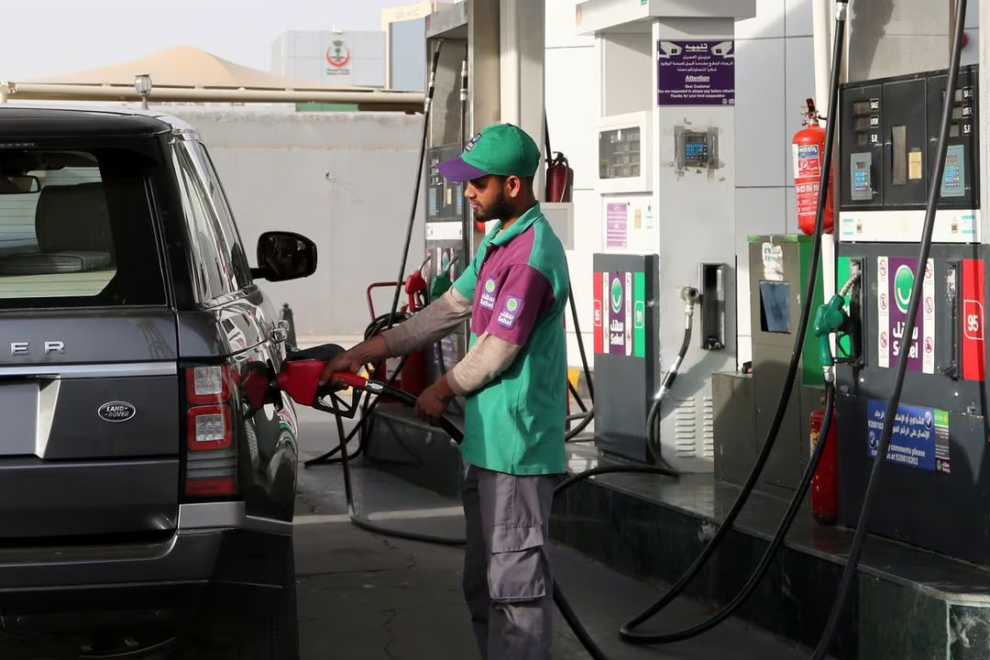SINGAPORE, Dec 1 (Reuters) – Top oil exporter Saudi Arabia may trim the price for its flagship Arab Light crude to Asia for the first time in seven months, despite an extension of its voluntary supply cut, as the market deals with ample supply and tepid demand.
State oil giant Saudi Aramco (2222.SE) may cut the January official selling price (OSP) for Arab Light by about $1 to around $3 a barrel over the Oman/Dubai average, according to six respondents surveyed by Reuters.
Oil producers in OPEC+, which consists of the Organization of the Petroleum Exporting Countries and allies such as Russia, on Thursday agreed to voluntary output cuts totalling about 2.2 million barrels per day (bpd) for early next year, led by Saudi Arabia rolling over its current voluntary cut.
The cut comprises the voluntary 1 million bpd reduction by Saudi Arabia, 0.5 million bpd by Russian and a combined 0.7 million bpd by countries including Iraq, the UAE, Kuwait, Kazakhstan, Algeria and Oman.
“The OPEC+ cut was not so deep. So, Saudi will have to secure its market share by lowering its oil prices,” said one respondent.
Mideast crude prices plunged in November when Asian refiners traded January-loading crude cargoes, as the market forecasted oil supply to increase from both Persian Gulf countries and the Atlantic Basin.
“Saudi needs to respond to the market dynamics … Oil inventory is building up globally but demand growth is not catching up,” said another respondent.
Global oil stockpiles have been growing since November, according to data from Vortexa and Kpler, while market participants and analysts expect the build-up to continue until the second quarter of 2024.
Oil demand growth in China, the world’s biggest crude oil importer, is likely to ease in the first half of 2024 to around 4%, according to consultancies, with resurgent consumption from the aviation and petrochemical sectors offset by weaker diesel usage due to a property sector crunch.
The prompt Dubai structure, which reflects the price spread between the first and the third month, fell 93 cents in November from the prior month. National oil companies, including Saudi Aramco, typically take cues from the Dubai structure in setting the OSPs.
The respondents also expected Saudi Aramco to impose bigger cuts on the OSPs for lighter grades than the heavier grades due to pressures from arbitrage cargoes from Atlantic Basin.
The premiums of Brent futures slumped to near parity to Dubai swap in late November, from over $2 a barrel in October, making crude oil, mostly light grades, from American and West African countries more economical for Asian refiners.
Saudi Aramco’s OSPs are usually released around the fifth of each month, and set the trend for Iranian, Kuwaiti and Iraqi prices, affecting about 9 million barrels per day of crude bound for Asia.
Saudi Aramco officials as a matter of policy do not comment on the company’s monthly OSPs.
Below are the expected Saudi Aramco official selling prices for January 2024 (in $/bbl against the Oman/Dubai average):
| December | Change | est.January OSP | |
| Arab Extra Light | +4.05 | -1.45/-1.80 | +2.25/+2.60 |
| Arab Light | +4.00 | -0.70/-1.50 | +2.50/+3.30 |
| Arab Medium | +3.35 | -0.65/-0.75 | +2.60/+2.70 |
| Arab Heavy | +2.00 | -0.25/-0.75 | +1.25/+1.75 |
Source : Reuters































